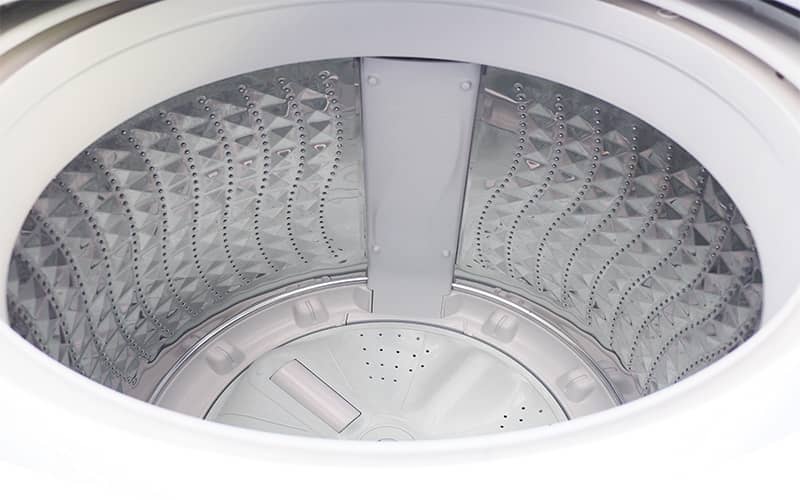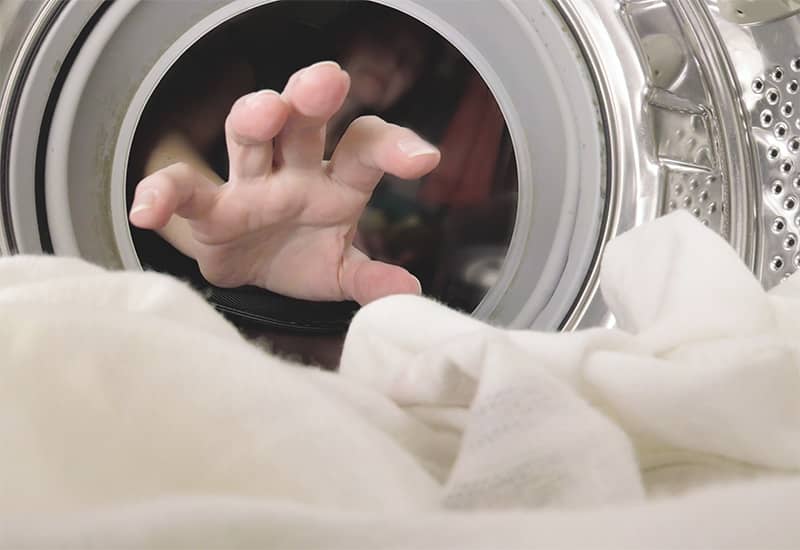How would you feel if you noticed a scum of soap on a freshly cleaned cloth from your washing machine! If you have seen that the clothes have not been washed properly. Do you understand why this is happening? The reason for this problem is that the level sensor of your washing machine is not working correctly. As a result, the quantity is not being assigned to the device for water delivery. The water level sensor’s job is to bypass the amount of water in the washing machine to clean the clothes. When it is damaged, the fabric inside the machine remains unclean.
If you run into this problem, you can solve it yourself or with an expert. If the washing machine’s level sensor cannot bypass the water level, you can take the help of this guideline written by me.
Water Level Switch Function: –
Have you ever found problems maintaining the water level inside your washer during a wash cycle, is there enough water or not! Just turn the water level switch on & see the magic. It will take care of the water level.
When you turn the water level switch on, it transmits power to the water inlet valve from the timer control. If the tub needs to be filled with water again when running a water cycle, it switches the temperature. Then the water flows inside. When the level relates to the load size, the switch cuts off the signal, and the motor starts washing.
Understanding the Water Level Switch: –
Well, where is the water level switch? You can find the water level switch anywhere on your washing machine. In the store, there are different models and manufacturers of washing machines. Each one locates the water level switch in other parts. You may find it inside the control console in most cases. You will see a rubber tube there that connects with the tub. Water flows through this tube.

Though the name is the water level switch, it has another name. That is the pressure switch, as it works by the pressure signal.
Do you know how your washing machine functions the pressure switch? You wash small load or regular even large load in the washer. The level switch adjusts the amount of water inside the tub according to the load. It transmits a power signal to both the inlet valve and the temperature switch. After the water level reaches its required level, the water then goes to the tub by the rubber tube.
As the pressure increases inside the line, the switch turns off automatically after it reaches a certain point. The water flow stops at this point. And the motor then starts to vibrate. Then the washing cycle starts.
Types of Washing Machines: –
Top Loader Agitator: –
The most popular washing machine amongst the oldest is the top loader washing machine, which is still using in this era. Users love this machine for decades, and even its popularity hasn’t reduced. This traditional machine’s key performance indicator is that it provides better cleaning performance at a lower price. There is a reason behind its unique naming. Its primary function is operated from the top of the machine. Laundry in this machine is loaded from the top by an agitator. It is located in the middle of the working basket.
The agitator is mainly responsible for the washing capability as it rotates against the cloth given for washed, removes dirt and stains from the fabric by rubbing against it. The agitator is also responsible for the mix-up of soap water and clothes, and after that, the agitator rotates at high speed to remove most of the water from clothes.
Though this type of traditional washing machine is much easier to operate as the control panel is so instructive and straightforward for understanding, you cannot adjust the cycle quickly.
Front Load Washing Machine:
You can understand the front-load washing machine by the name, and you will have to load your clothes from the in front of the washer. And also, there is no agitator in it.
After turning the washer on, you may have seen the clothes spin in a circular motion, run one against another at high speed so that the dirt can quickly come out from the clothes’ pores. That sometimes causes damage to sensitive clothes. As this type of washer doesn’t have an agitator, it is pretty gentle with your clothes.
But, you may find the control panel complicated for some front load washers. But don’t be frightened. Once you use it for some days, everything will be clear. Though the old models were a bit difficult to use, there were no sensors or automation systems. Modern front load washers will benefit you with automation and sensors that will reduce your work and concern. Besides, if you are ok with the manual settings, that is also possible in the latest models. You can do it manually.
Top Load Impeller: –
Have you heard about the high-efficiency washing machine? This top load impeller is the other name of a high-efficiency washer. Like other top loader washers, this washing machine also takes your clothes or loads from the top of it.
But, there is a difference between other top loader washers with this one. Usually, top load washing machines contain an agitator that helps the clothes spin at high speed, as seen in the top loader agitator. But, the ultimate load impeller washers include impellers instead of agitators.
The impellers are usually located underneath the wash bin. When turned on, the impeller starts to run, and this motion allows the clothes to move inside the tub. They move forward and backward and rub each other. This rubbing is responsible for washing the dirt out of your clothes.
Bypassing A Water Level Sensor: –
As technology is developing daily, it turns everything into a sensor-based tool to reduce our hardships of doing anything. Once washing clothes by hand was callous work. When the washing machine was invented, the tribulation decreased a lot, but we had to use them manually at that time. In time, washing machines have also developed. And now, we have modern high-performance washers. They work with sensors. Automation is everywhere.

The modern washers explicitly saying that the high-efficient washing machines are designed with high-performance sensors, and the manufactures tried to make them eco-friendlier to decrease energy consumption. The goal of less energy consumption and water-efficient method in this system has reduced the water level inside the washing tub during a wash cycle, which in turn decreased the quality of washing clothes. That results in low or no washing of clothes in the washer.
The high-performance washers work by sensing the load weight with its pressure switch located in the control panel. Then it controls the water level. But, as the sensor reduces the level of water, it needs repeated cycles to wash correctly. Though this sensor’s idea was praiseworthy, this is not that useful in the case of working. A repeated process does precisely the opposite thing of the sensor goal. It consumes more energy and wastes more water.
So, the need to bypass the water level sensor has arisen. That will increase the water level in the washing tub and will clean the load properly and quickly. When the load bypasses the water level sensor, it will ensure there is enough water.
There’s no need to buy and replace your washer. You can do it very quickly by yourself. There are some ways to bypass the sensor. In some cases, you will be able to do it very quickly, with some basic things. Or you may need to use hands to help the load avoid the sensor sometimes. Both of the ways are very easy and will indeed allow you to bypass a water level sensor.
Adjusting the Water Level in Maytag Washers: –
If you are using a Maytag washing machine, then this part is only for you. For the Maytag washer, adjusting the water level is more straightforward than other ones.
The Maytag washer has different types of models. And the other models have different settings of water level function. You can modify this setting according to your need. Small load, regular load, or large load, each one needs different levels of water. If you select the level too low, there will be less water, damaging the clothes, even maybe torn them out.
If the class is too high, you will be responsible for wasting water and excessive energy consumption as more water will need more heat to be warm. So, Maytag washers benefit you by providing two types of knobs. Pre-selector and the infinite selector. That will maintain the water at an optimum level.
To adjust the water level, first set the pre-selector knob among the five options (extra-small, small, medium, large, extra-large) according to the load size. Then select the infinite knob. If you are confused about the size of the load, is it extra-large or large? Keep the knob in between the two options. See, very easy!
Conclusion: –
Usually, the problem of the level sensor is understood in the first cycle. After fixing the machine, you can rewash the clothes in the next process if you feel the need. If the water level is not bypassed properly, the cloth’s dry condition cannot be prevented. Also, the smell of cleaning material will not come from the fabric. However, do not despair if you have this problem. That is because sometimes the sensor becomes useless and bypasses the water level in an unplanned manner.
So check to see if your washing machine-level sensor is bypassing the water based on the fabric’s understood weight! Hopefully, this guideline of mine has been able to give you the correct knowledge about the washing machine’s level sensor, and you have been able to quickly solve this problem.
